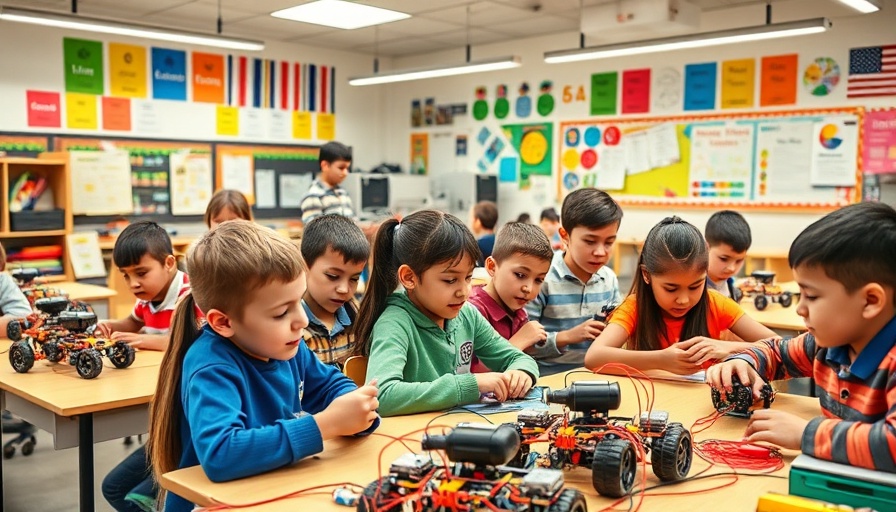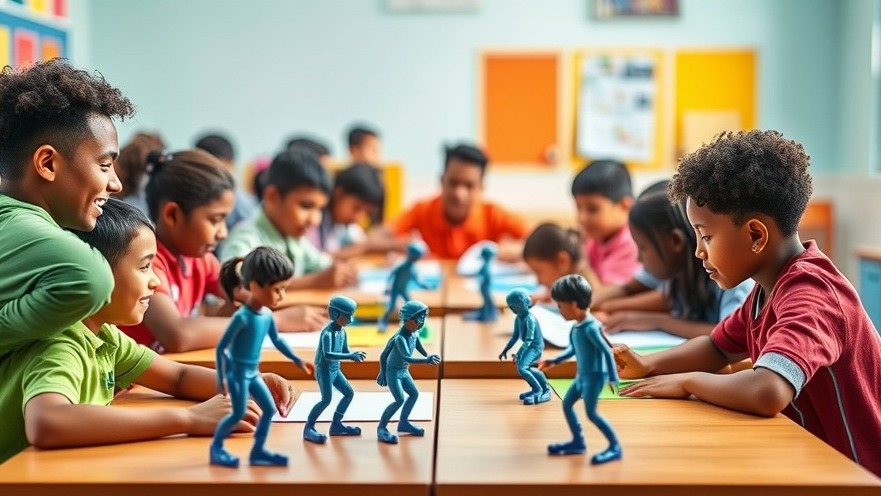
Creating Composite Skill Labs in CBSE Schools: Your Essential Guide
In an ever-evolving job market where skills often trump degrees, the introduction of Composite Skill Labs in schools under the CBSE curriculum marks a significant step towards equipping students with practical competencies. As outlined by the National Education Policy (NEP) 2020, these labs are a response to the pressing need for hands-on learning that marries theory with practice, particularly for students in grades 6 to 12.
What Exactly is a Composite Skill Lab?
A Composite Skill Lab is a versatile learning environment designed to foster practical skills. Unlike traditional single-discipline labs, these spaces encourage interdisciplinary learning, providing students access to areas such as robotics, coding, 3D printing, arts, and even financial literacy. With the mandate for all CBSE-affiliated schools to have such labs established by August 2024, the initiative promises to bridge the gap between classroom learning and real-world applications.
Key Features & Implementation Criteria
Setting up a Composite Skill Lab is not without its challenges, but the potential benefits have schools investing time and resources into this initiative. According to guidelines, schools can either establish one large lab of 600 sq. ft. or two smaller labs of 400 sq. ft. each. This flexibility ensures that various age groups can interact with the space effectively.
Furthermore, the design of these labs prioritizes adaptability, including zones for different activities, such as:
- Future Technologies: Spaces for robotics, coding, and electronics.
- Creative Arts: Areas dedicated to graphic design and music.
- Vocational Skills: Practical workshops focused on woodworking or automobile repair.
The Benefits of Composite Skill Labs
Composite Skill Labs serve multiple educational purposes while aligning with the goals of the NEP. Here are some notable benefits:
- Hands-On Learning: Students will learn by doing rather than just memorizing facts, leading to better retention and understanding.
- Enhanced Employability: The skills learned here are relevant to today’s job market, making students more employable after graduation.
- Stimulating Creativity: A focus on creative projects nurtures innovation and fosters an entrepreneurial mindset in students.
Current Landscape of Skill Education in CBSE
CBSE's move towards facilitating Composite Skill Labs reflects a significant shift in educational practices, aiming to meet the demands of 21st-century careers. The emphasis on skill-based subjects from classes 6-12 means students get exposure to several vocational courses aligned with industry needs, such as AI, data science, and electronics. As such, Composite Skill Labs become a critical venue where academic knowledge translates into valuable skillsets.
Future Predictions: The Role of Technology in Education
As the education sector matures, a steady integration of traditional curricula with technological advancements is likely. Skills training will become increasingly personalized, leveraging tools like virtual reality (VR) and artificial intelligence (AI) to create immersive learning experiences. This aligns with the broader trajectory envisioned in the NEP 2020, ensuring that skill labs not only meet current standards but also anticipate future industry requirements.
Composite Skill Labs embody a transformative shift in education, underscoring a pivotal move from theoretical learning to experiential education. As schools initiate this change, they will enhance their student’s readiness for both further education and the workforce. With the strategic planning and investment, these labs can provide enriching experiences that empower the next generation to meet complex global challenges.
Schools looking to succeed in this endeavor should look into partnership opportunities with innovators in the field, such as Playto Labs, who can provide curated equipment and necessary training to ensure these labs reach their full potential.
 Add Row
Add Row  Add
Add 




 Add Row
Add Row  Add
Add 

Write A Comment